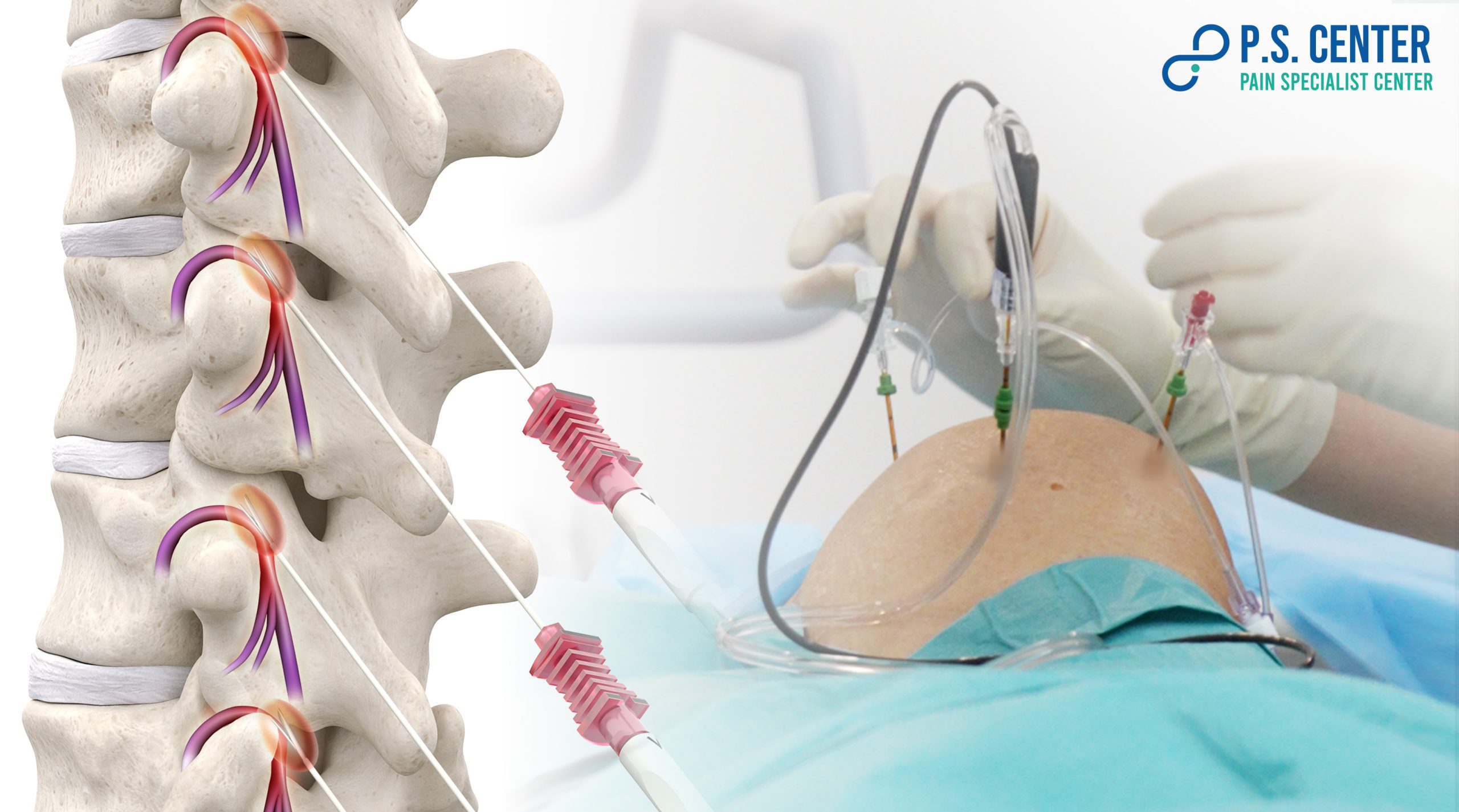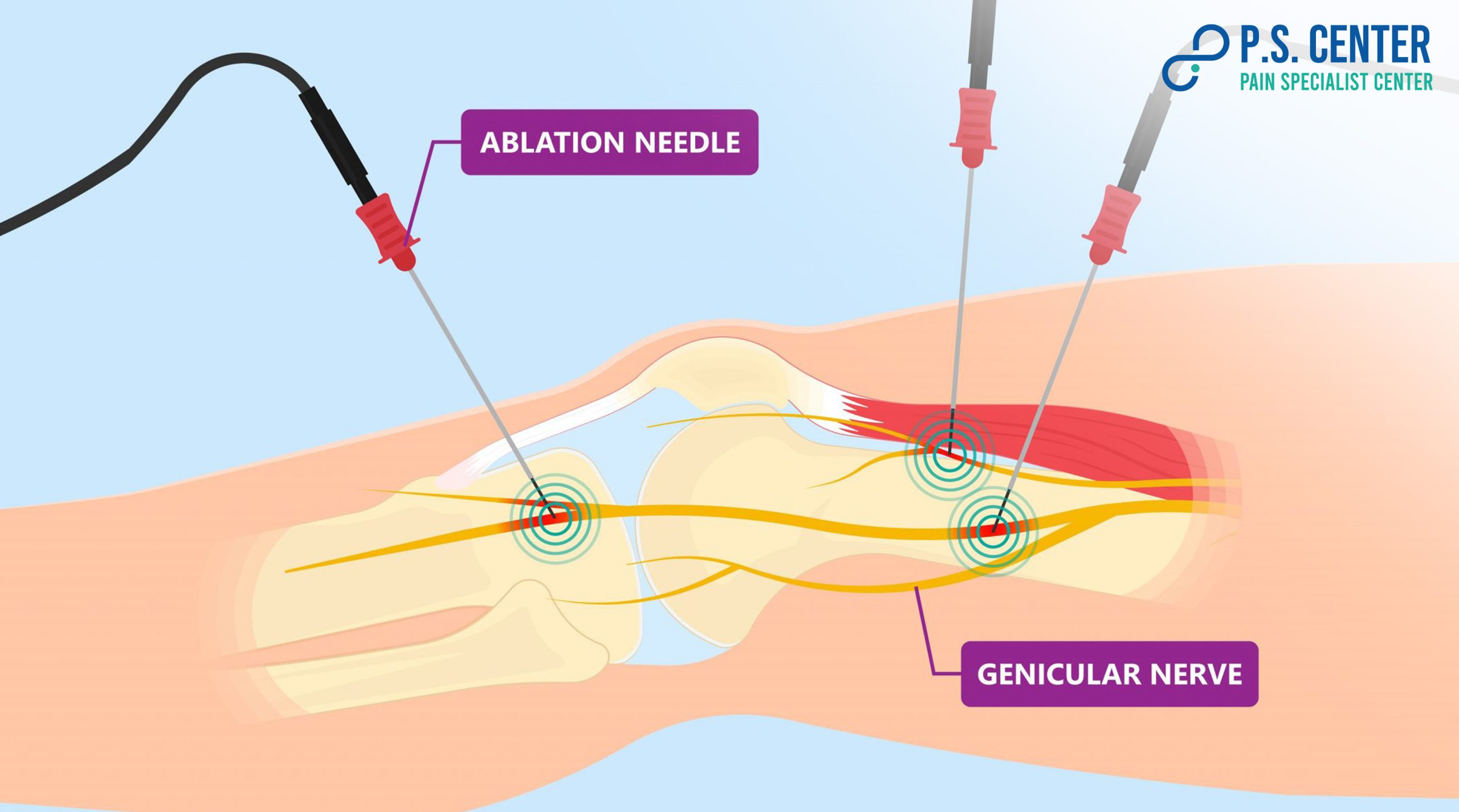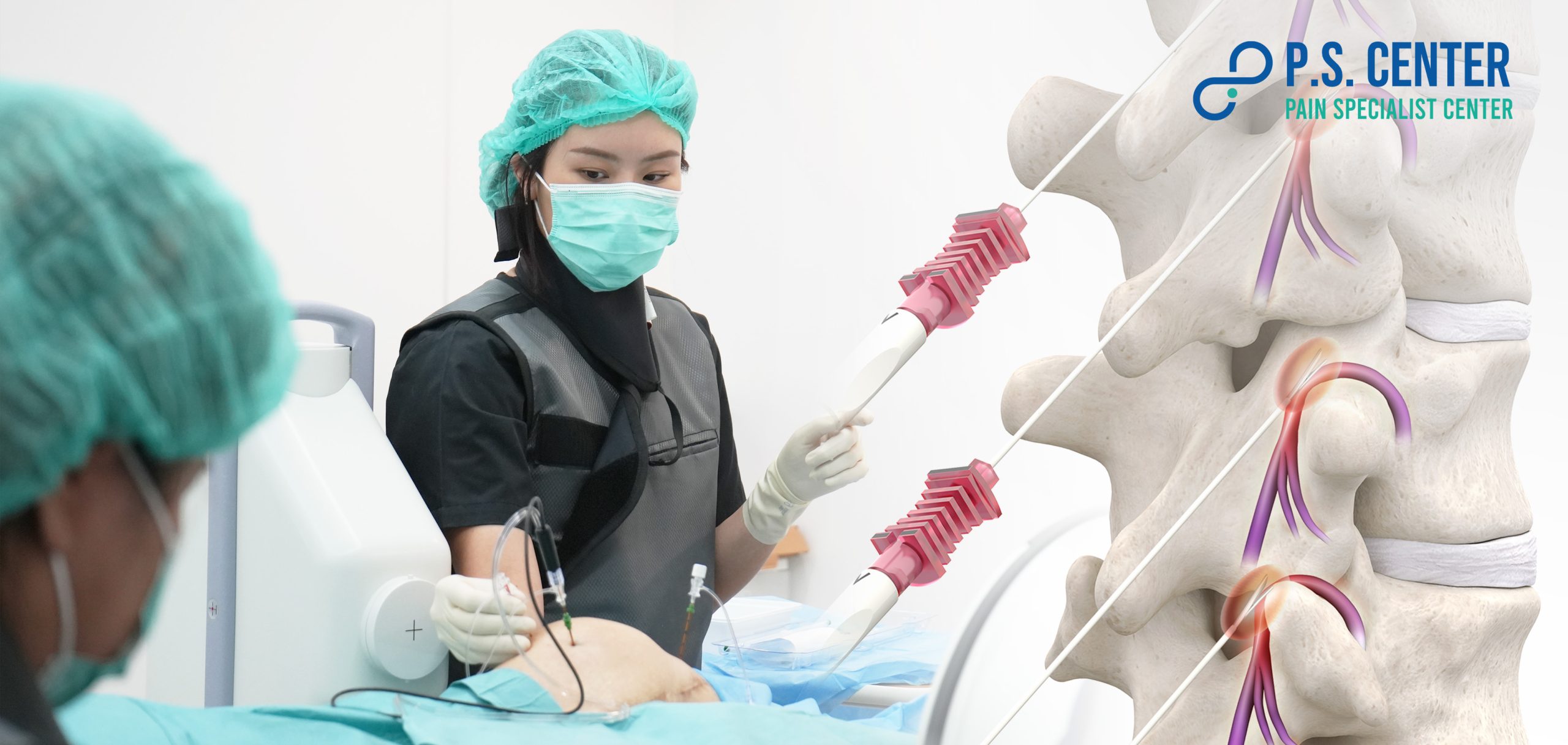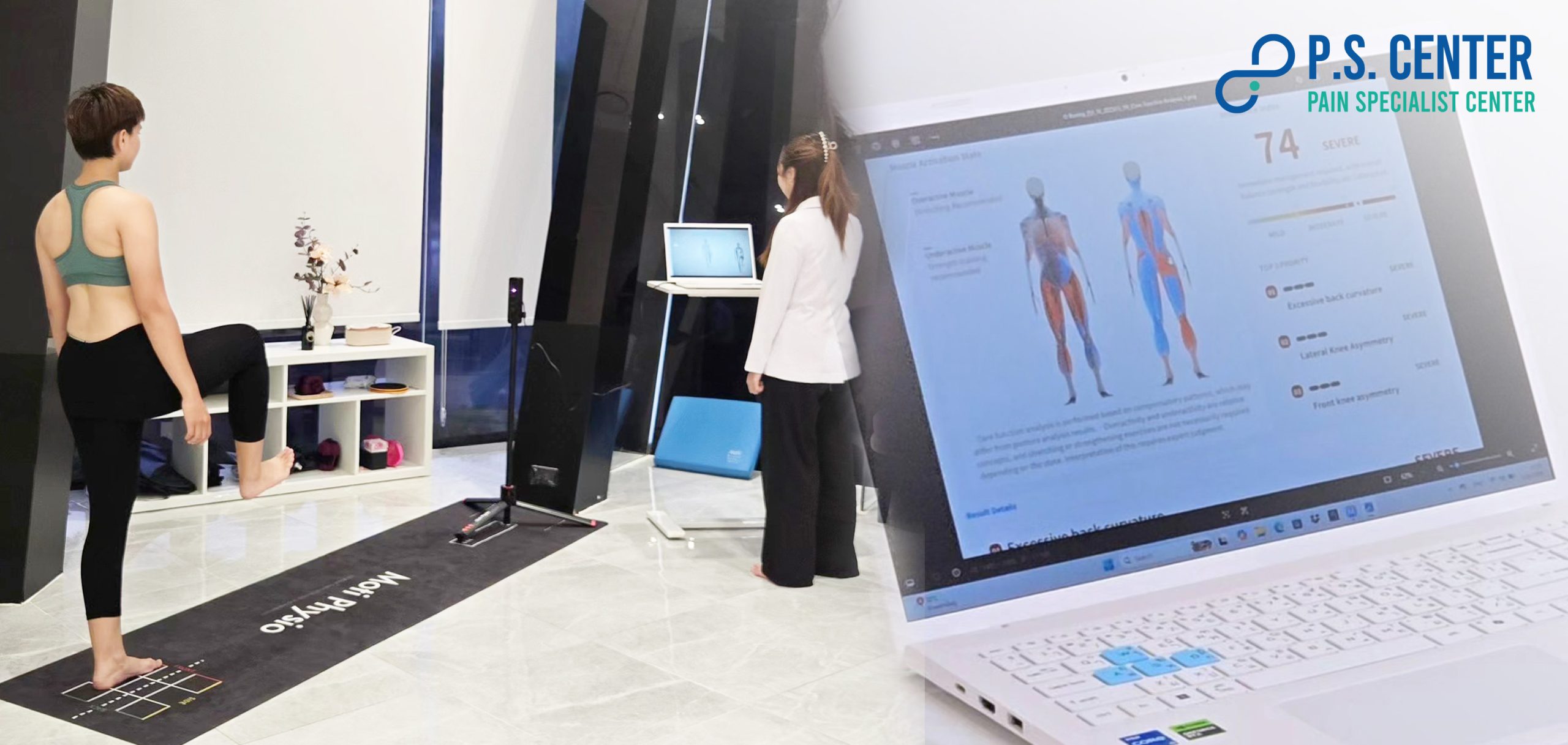Chronic pain—whether in the neck, back, hip, or joints—can significantly affect your quality of life. Traditional treatments such as medication, physical therapy, or injections may provide relief but are often not enough. For patients with persistent pain, RFA (Radiofrequency Ablation), also known as radiofrequency neurotomy or nerve ablation, offers a safe, minimally invasive option that targets pain at its source.
How RFA Works
What is RFA?
RFA is a treatment for chronic pain that uses high-frequency radio waves to generate heat (about 60–80°C) at the tip of a needle placed near the targeted nerve.
- The radiofrequency current creates heat that selectively ablates (burns) the pain-conducting nerve endings.
- The treated nerves can no longer transmit pain signals to the brain.
- This results in a significant reduction in pain, with effects that can last for several months.

Benefits of RFA
- Targeted pain relief at the source of the problem
- Reduced dependence on pain medication
- Minimally invasive, non-surgical procedure
- Repeatable if pain recurs
The RFA Procedure
- Assessment & Diagnosis
The physician reviews your medical history, performs a physical exam, and may request X-rays or MRI scans to identify the nerves associated with your pain. - Preparation
- Fasting or temporary discontinuation of certain medications may be required.
- Stop taking any vitamin supplements 7 days before the procedure, unless advised otherwise.
- RFA Treatment
- Sedation may be given by an anesthesiologist for comfort.
- Local anesthetic is injected at the treatment site.
- Under X-ray guidance, the physician advances a fine needle to the targeted nerve.
- Radiofrequency energy (sometimes cooled RF) is applied to ablate the nerve endings.
- The entire procedure usually takes 30–40 minutes, depending on the number and location of nerves treated.
- Aftercare
- Normal activities can usually be resumed immediately, but heavy lifting or strenuous exercise should be avoided for 2 days.
- Mild soreness or bruising at the injection site may last 1–2 days.
- Pain relief typically begins within 1–2 weeks and may continue to improve (results vary by individual).
Pain Conditions Suitable for RFA
RFA is particularly effective for chronic, localized pain in the following areas:
- Chronic Neck, Shoulder, and Scapular Pain
- Often caused by facet joints in the cervical spine or surrounding muscles.
- Pain may radiate to the shoulders, scapula, or back of the head.
- RFA disrupts the pain signals from these joints and muscles, reducing stiffness and restoring mobility.
- Lower Back Pain
- Typically linked to lumbar facet joints or sacroiliac joints (SI joint).
- Pain may be chronic, with stiffness or radiating discomfort into the hips or legs.
- RFA blocks pain signals from these joints, improving movement and reducing pain during bending or lifting.
- Knee Pain
- Commonly associated with knee osteoarthritis.
- Pain often occurs during walking, climbing stairs, or weight-bearing activities.
- RFA targets nerves around the knee joint, improving mobility and reducing pain during daily activities.
- Pelvic Joint (SI Joint) Pain
- Caused by dysfunction in the sacroiliac joint between the spine and pelvis.
- Pain often radiates into the hips or legs.
- RFA reduces localized pain and stiffness, allowing easier movement.
Who Should Consider RFA?
- Patients whose pain does not improve with medications or physical therapy
- Those who want to reduce reliance on long-term pain medication
- Individuals with well-defined, localized chronic pain
Outcomes of RFA Treatment
- Significant and targeted pain reduction
- Improved ability to perform daily activities
- Reduced need for pain medications and fewer side effects from drugs
- Results can last for several months, and the procedure can be repeated if necessary

Post-Procedure Care
- Avoid heavy lifting or strenuous activity for 1–2 days
- Apply a cold compress to relieve mild soreness
- Keep the treatment site clean and dry for 24 hours to prevent infection
- Contact your doctor immediately if you experience fever, swelling, redness, or unusual pain
Summary
RFA is a safe, effective, and minimally invasive option for managing chronic pain. By targeting the nerves that transmit pain, it helps restore movement, reduce medication use, and enhance quality of life.
If you suffer from persistent, localized pain and wish to explore alternatives beyond medication, talk to your doctor to see if RFA is right for you.





